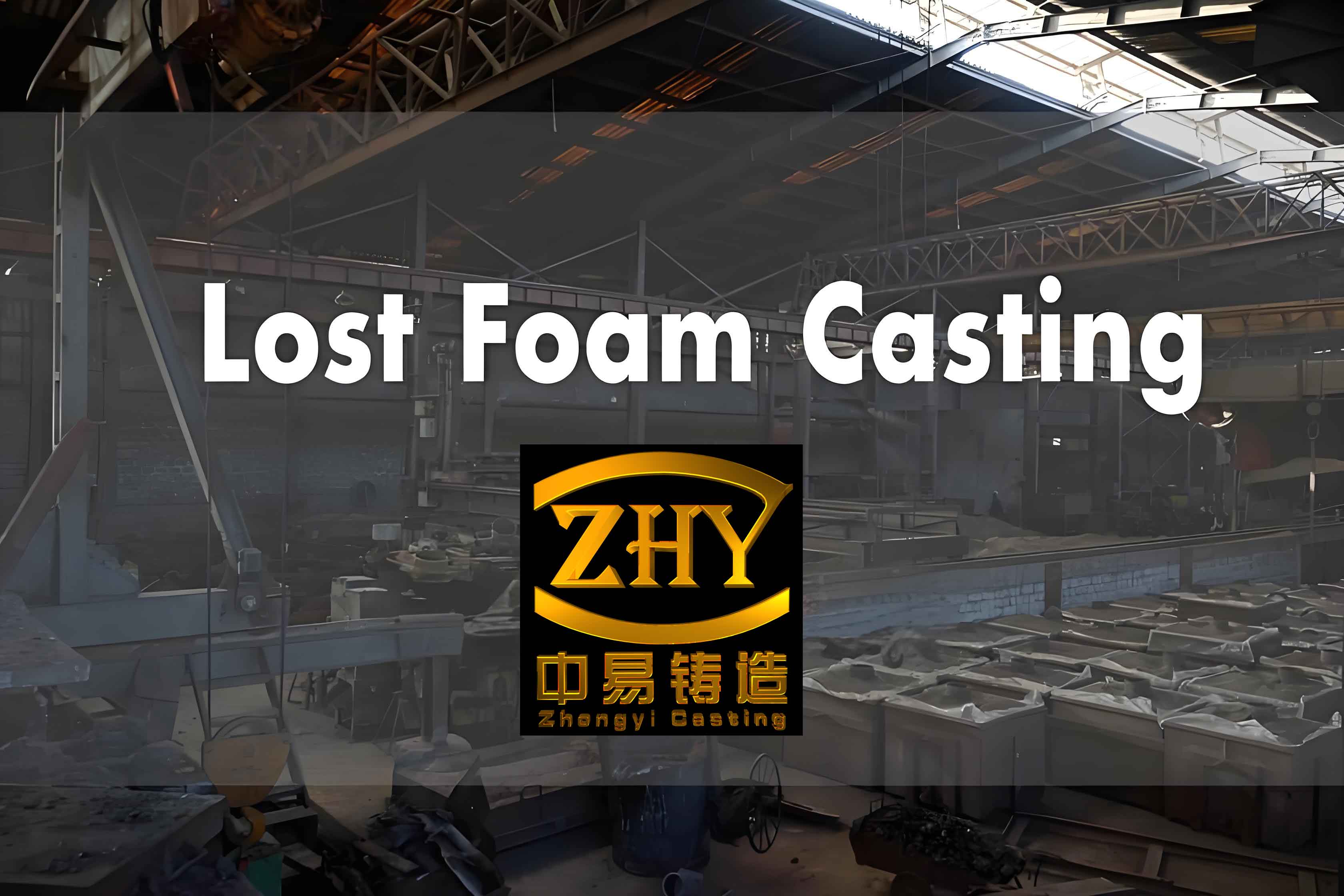This study presents a comprehensive analysis of the lost foam casting process applied to the 394A wet four-cylinder block, focusing on overcoming challenges associated with its 6 mm wall thickness and complex geometry. Through systematic process optimization, we achieved defect-free castings that met stringent quality requirements, including 0.6 MPa oil pressure testing.

1. Process Design and Optimization
The casting process for the 394A cylinder block incorporates several critical innovations in lost foam casting technology. The gating system design follows fluid dynamics principles to ensure proper filling:
$$ Q = A \cdot v \cdot t $$
Where:
\( Q \) = Total metal volume (m³)
\( A \) = Cross-sectional area of gates (m²)
\( v \) = Flow velocity (m/s)
\( t \) = Filling time (s)
| Process Parameter | Value |
|---|---|
| Pouring Temperature | 1,495-1,510°C |
| Coating Viscosity (1st layer) | 74-76 Bé |
| Vibration Time | 80 s |
| Cooling Time | 3 h |
2. Material Composition and Properties
The chemical composition of molten iron was carefully controlled to achieve HT250 specifications:
$$ C_{eq} = C + 0.3(Si + P) $$
| Element | Content (%) |
|---|---|
| C | 3.18-3.25 |
| Si | 1.81-1.90 |
| Mn | 0.80-0.92 |
| Sn | 0.044-0.050 |
3. Coating System Optimization
The KY-II coating system demonstrated superior performance in lost foam casting applications. Its permeability was calculated using:
$$ P = \frac{k \cdot \Delta P}{\mu \cdot L} $$
Where:
\( P \) = Permeability (m²)
\( k \) = Intrinsic permeability
\( \Delta P \) = Pressure differential (Pa)
\( \mu \) = Gas viscosity (Pa·s)
\( L \) = Coating thickness (m)
4. Thermal Management Strategy
The cooling rate significantly impacts microstructure development in lost foam casting. We optimized solidification using:
$$ t_f = \left( \frac{V}{A} \right)^n \cdot K $$
Where:
\( t_f \) = Solidification time (s)
\( V \) = Casting volume (m³)
\( A \) = Surface area (m²)
\( K \) = Mold constant
\( n \) = Empirical exponent
5. Quality Validation
The final castings exhibited excellent mechanical properties:
$$ \sigma_b \geq 250\ MPa $$
$$ HB = 187-241 $$
All castings passed the 0.6 MPa pressure test with zero leakage, demonstrating the effectiveness of our lost foam casting approach for thin-walled components.
6. Process Advantages in Lost Foam Casting
The success of this project highlights three key benefits of lost foam casting technology:
- Superior dimensional accuracy for complex geometries
- Reduced post-processing requirements
- Enhanced environmental sustainability through minimized waste
This research establishes a benchmark for implementing lost foam casting in thin-walled engine component manufacturing, providing valuable insights for similar applications in automotive casting production.
